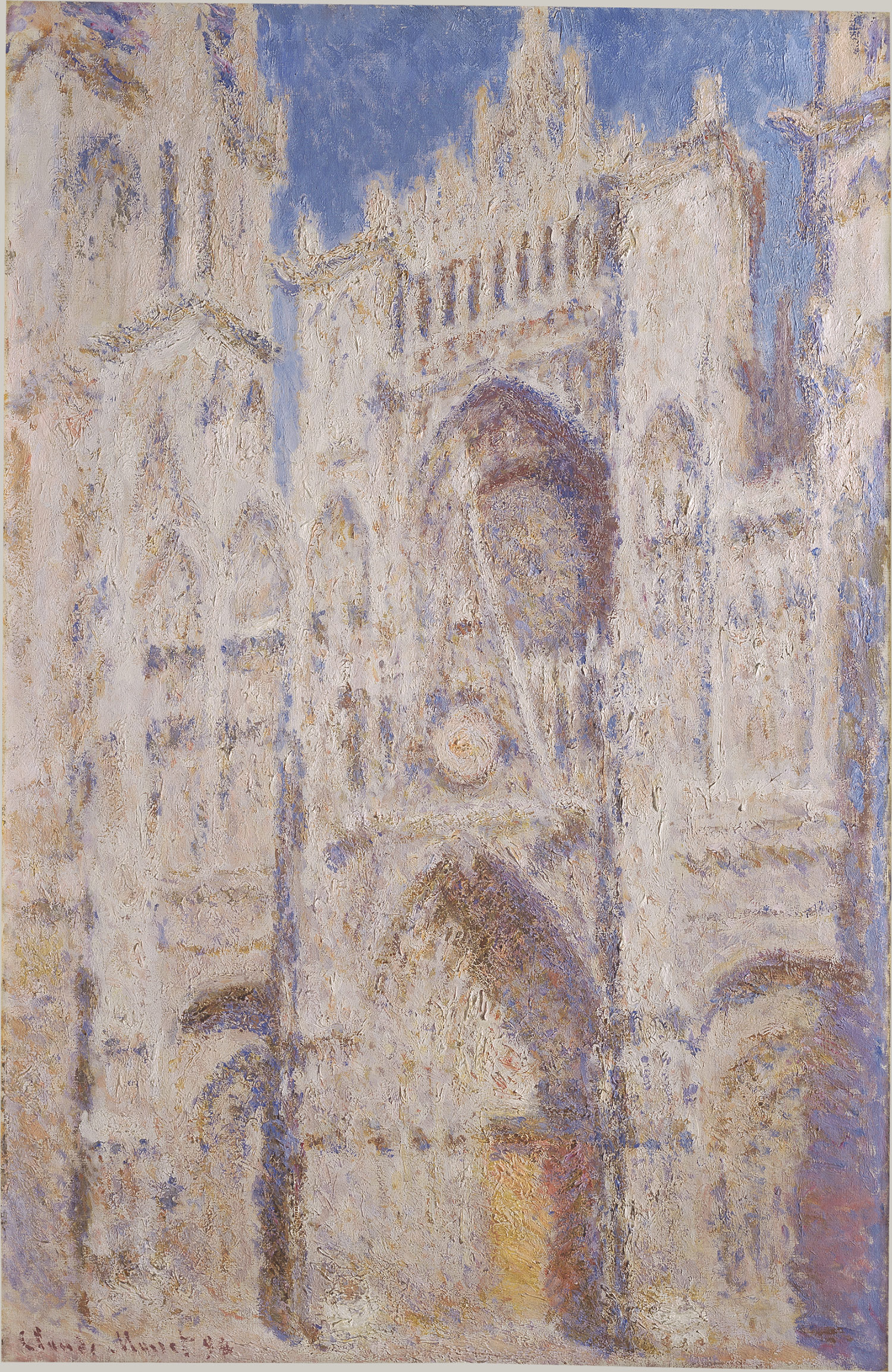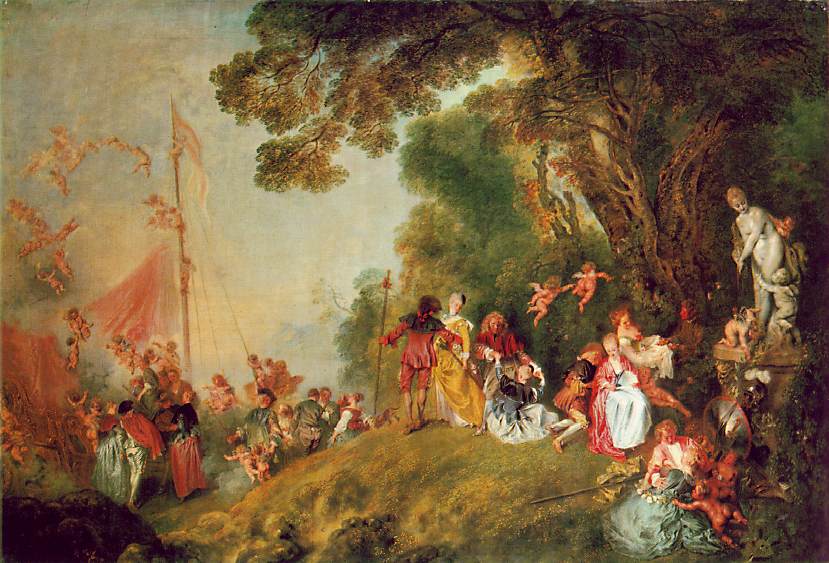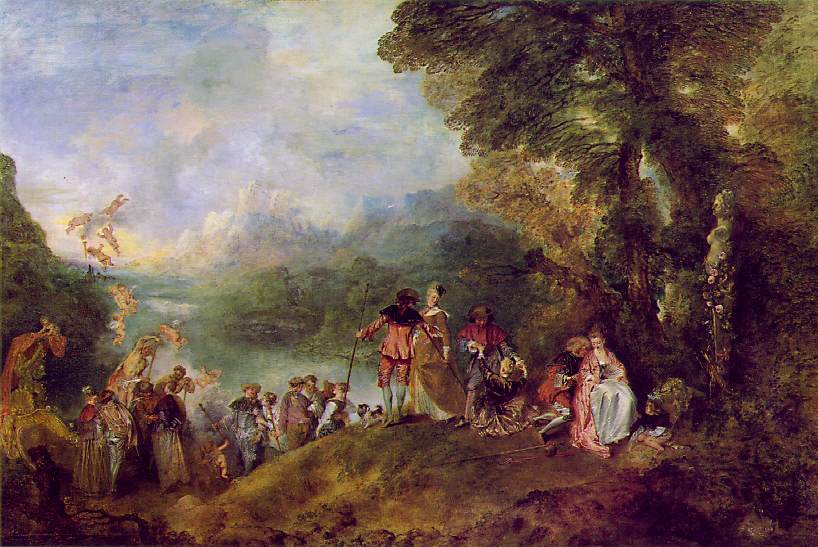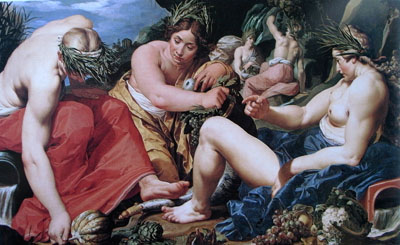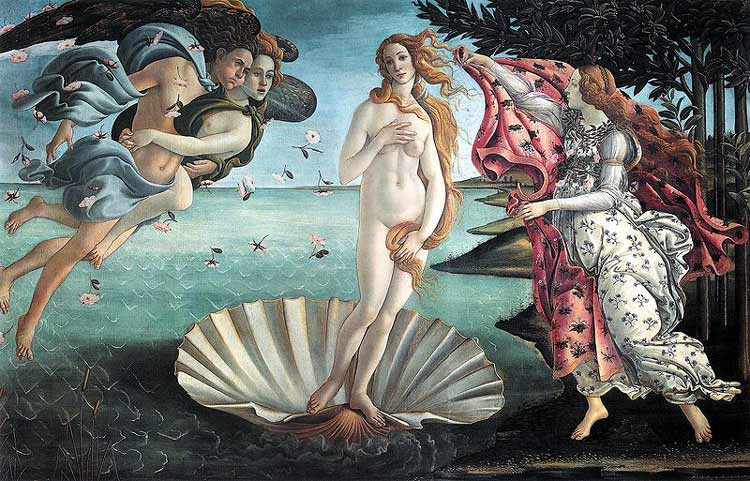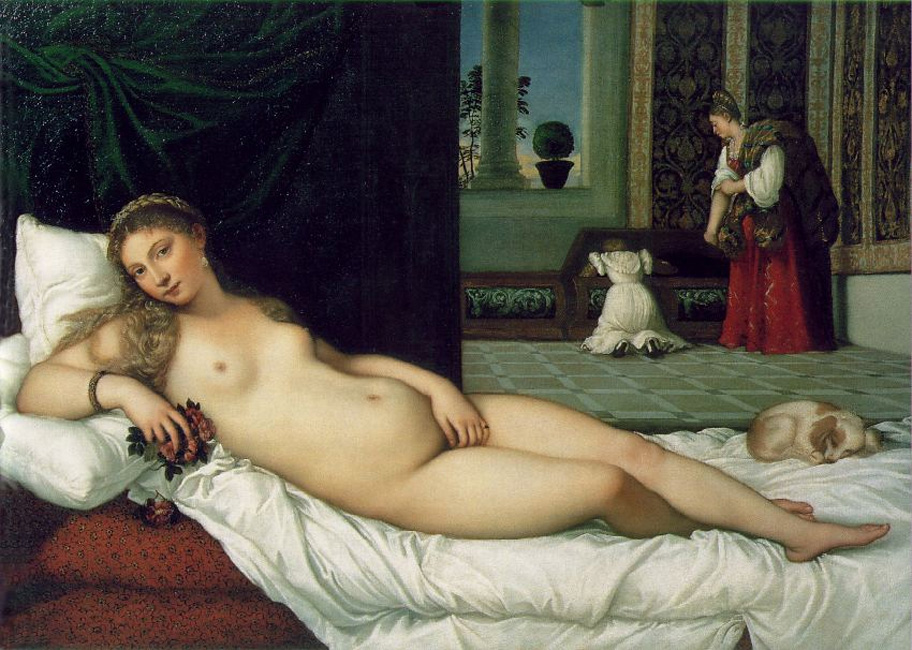This
quarter I was mostly interested in Surrealism and Pop art. There are many other movements this quarter
that are visually striking; these two stand out the most. I think it is
interesting how surrealist artists, particularly Dali, move away from order and
welcomes images that are irrational and dream like. I enjoy how pop artists like Warhol use
bright colors that draw viewer’s attention. I feel that I am more drawn to
visual detail of a piece of art rather than their historical contexts. I say
this because art is all around us, and we see it all the time. In some cases
the viewer may learn the history surrounding a piece but usually people don't
know the history. Though the history can be interesting, and can be a huge part
of why an art work is considered avant-garde.
Surrealism opposes rational thought and
takes interest in the subconscious mind. Salvador Dali is a well known
surrealist artist; his artwork resembles something one would see in a dream.
This kind of art is very striking because one does not usually see items
represented in such a naturalistic way doing such odd things, for example the
melting clocks in The Persistence of
Memory. Dali’s paintings convey an interest in illusionism. The Persistence of Memory depicts a
rather normal landscape. In the background there is a beach with a rock
formation on the right, there is even a reflection of the sky in the water.
Then as the viewer moves forward to the foreground of the painting, there are a
few melting clocks. One of the clocks is melting over a branch which is on a
wooden block with another melted clock. Also on the wooden block there is the
back of a clock depicted with ants crawling all over. Then in the center there
is part of a face with another melted clock, which is said to be a self
portrait of Dali himself. None of which makes any rational sense, yet make
perfect sense in a dream. Salvador Dali’s art is considered avant-garde because
his use of radical techniques. Dali’s techniques are seen as radical because he
is very representational, meaning his objects are easily recognized, like the
clocks. Then he takes the ideas surrounding the subconscious developed by
Sigmund Freud, a famous psychologist. Overall, Dali was noticed for his unusual
interpretations of every day objects.
Pop art was a way for artists to
comment on popular culture during their time. Andy Warhol is a pop artist who
utilized bright colors and commercial advertising to covey personal feelings. Andy
Warhol’s Marilyn Diptych depicts the
famous film star Marilyn Monroe. The image of Marilyn is repeated many times using
silk screens, in a way references film. Warhol uses an image of Marilyn that
conveys her film personality which made her famous. Andy Warhol is considered
avant-garde because his art is politically radical. His work is political
because he is referencing pop culture, how people like Marilyn are
immortalized. Warhol references this through the use of a diptych which is used
for churches to represent saints, “symbolically treating the famous actress as
a saint.” Though his work can be considered radical through his use of
techniques, he had a focus on art that could be easily reproduced in order to
be a successful artist.
Surrealism and Pop art are
interesting movements. Surrealist artists were able to catch one’s attention
through use of subconscious images, while pop arts used bright colors and
popular culture. These movements are very visually intriguing, whether they are
capturing melting clocks or famous actresses like Marilyn Monroe.





